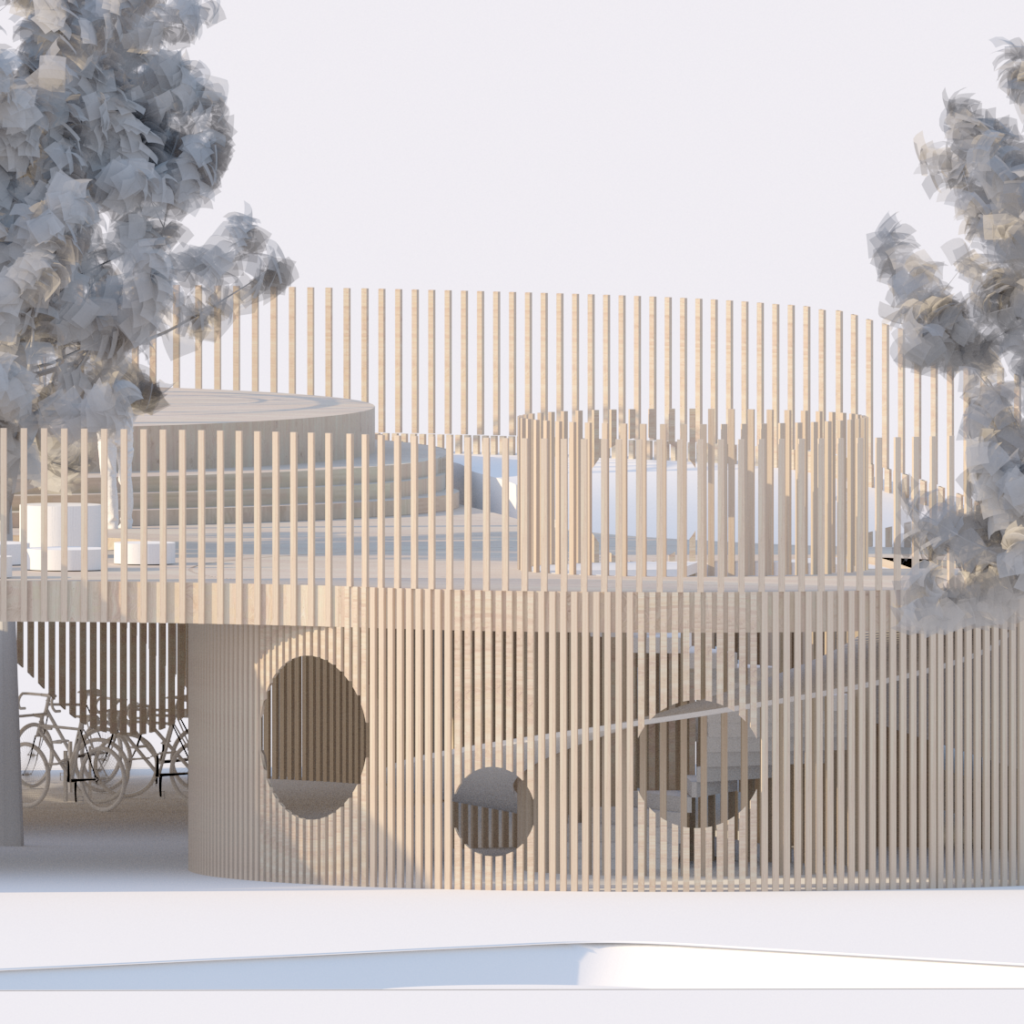
More kids will live in the cities in the future. The composition of our cities determine how well they are integrated. Our public spaces are spaces where we can meet people that are different from ourselves. To be able to meet people that have other values than we do. It becomes a space in our cities that introduces us to other people that we perhaps would not meet. Social sustainability is about allowing these variety of people to be able to meet and creating spaces for them to interact.
Our purpose with our thesis is to bring out the playfulness in our urban city and integrate children in the city. We want to to create a public space for children, where they are socially integrated and feel that they have an equal right
to the city. Most playgrounds found in Gothenburg today
have more or less the same expression. They are predictable because children have seen them before. Therefore we want to rethink the concept of playgrounds and how they could be more socially inclusive and be fused into the urban context. By studying relevant literature and reference projects we want to create a hybrid between play and architecture. To work with the affordance and the ambiguity of the design simultaneously with the esthetics of it, which is about an interplay between familiarity and the unexpected. With that we hope to revitalize this significant urban space in the city and turn it into a vibrant space that celebrates and welcomes diversity and livability. The main focus in this thesis is thereby, the social dimensions which is about rethinking the concept of playgrounds and how we can make them more socially inclusive, the second one being to analyze playelements and to develop them, and lastly how this knowledge can be translated into a hybrid between play and architecture.